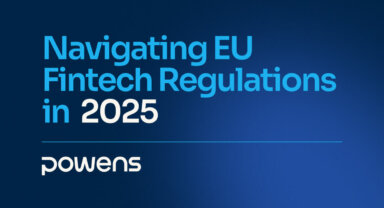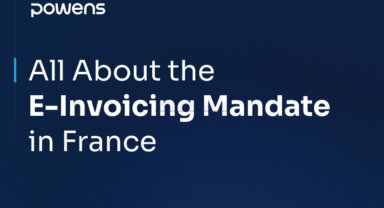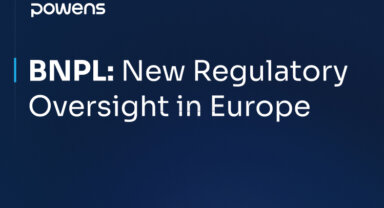For years now, consumers and businesses alike have enjoyed the relatively regulation-free space of Buy Now, Pay Later loans (BNPL) in the EU. This boom is highlighted by the latest research, which projects BNPL payment adoption in Europe to grow by over 15% annually in 2024, reaching a total value of $219.2B by the end of the year. However, as widespread use of BNPLs has grown, so has the regulatory attention on the space.
In 2023, the European Commission updated regulations surrounding consumer credit to reflect the increased use of alternative and digital credit products, like BNPLs. Specifically, the Consumer Credit Directive 2 (CCD2) outlines new requirements and standards for small and non-traditional lenders.
With overarching goals like increased consumer protection and simplified legal standards, CCD2 substantially broadens the regulatory scope of the original Consumer Credit Directive. In this article, we’ll address the new regulations the CCD2 will bring for BNPL providers and how to overcome them.
What is CCD2?
The first iteration of the Consumer Credit Directive aimed to ensure consumers could make informed borrowing and credit-related decisions. Though once effective, the wide spectrum of new technologies and products in the lending space made a revised version of the regulations a necessity.
CCD2 extends the scope of the original directive to cover new types of credit products, including short-term loans (up to 3 months) and small loans (less than €200). Under CCD2, BNPLs and their providers are now subject to the same regulations as standard consumer loans.
EU member states have to transpose CCD2 into their domestic law by November 20, 2025, with the new measures taking effect from November 20, 2026 onwards.
Which CCD2 regulatory changes will impact BNPL providers the most?
From both operational and regulatory standpoints, compliance with CCD2 is essential for BNPL providers to continue succeeding in the lending space.
Four main changes introduced in CCD2 impact BNPL providers:
-
Creditworthiness assessments:
BNPL providers must now conduct thorough creditworthiness assessments before granting credit, ensuring customers can afford to repay the credit and prevent over-indebtedness.
Each member state of the EU may progress at its own pace when implementing new creditworthiness assessment requirements, so long as they meet compliance by the 2025 deadline. Despite this, many national banking authorities are taking proactive steps to prepare for the new assessment requirements.
For example, in France, the Autorité de Contrôle Prudentiel et de Résolution (ACPR), expects thorough creditworthiness assessments as part of its national regulatory framework. ACPR-approved assessments involve using diverse data, such as income verification and credit history, to ensure repayment ability.
-
Provision of pre-contractual information:
BNPL providers must provide clear and comprehensive information about the credit terms of each short-term loan agreement they distribute. Within BNPL credit terms, a provider must include the total cost of the credit, interest rates, fees, and the consequences of late or non-payment.
CCD2 also imposes specific caps on interest rates and total cost of credit to protect consumers from overcharging or over-indebtedness.
-
Stricter rules surrounding advertisements:
The CCD2 regulation includes stricter marketing and advertising rules for all credit products, BNPLs included. BNPL providers must ensure that their advertising is not misleading and includes essential information about the credit terms.
Additionally, the regulation imposes highly strict requirements for using certain terms within marketing materials, such as “interest-free” or “free-of-charge.”
-
Customer right to withdrawal:
The updated directive enhances consumer rights by giving customers a consistent withdrawal period of 14 days to withdraw from a credit agreement. CCD2 also includes provisions for early repayment and caps on charges for late payments.
Enhance your creditworthiness assessments with Powens’ Bank solution
While many new BNPL regulation requirements, such as those affecting marketing and communications teams, can be resolved relatively easily, complying with the creditworthiness assessments demands a bigger effort. You’ll need to rely on leading Open Finance technologies to help you automate and enhance the process, so that creditworthiness assessments are done quicker, more affordably, and more accurately.
This need exists for several pivotal reasons, for starters, when performing a creditworthiness evaluation it has to be completed immediately so as to not interrupt the user experience, this is something that Open Finance can help with. Furthermore, the legislation asks for accuracy, and Open Finance can help provide accurate information on the consumer’s income, spending, and other financial criteria.
With over a decade of experience and extensive European coverage in this space, Powens provides the leading solutions. Our Bank solution supplies the powerful account aggregation capabilities you need to conduct comprehensive creditworthiness assessments. We offer real-time access to consumers’ financial data, providing complete insights into their income, expenses, existing credit obligations, and even financial behavior.
“Powens’ bank account aggregation technology is central to the way we operate. It enables us to […] accurately determine the customer’s borrowing capacity and creditworthiness in seconds.” – Kevin Ohana, Co-founder and CEO at Joe
With Powens’ Bank solution, you can perform highly accurate, CCD2-compliant risk assessments virtually instantly. Powens integrates seamlessly with BNPL platforms to both comply with the new BNPL regulations and support responsible lending practices overall.
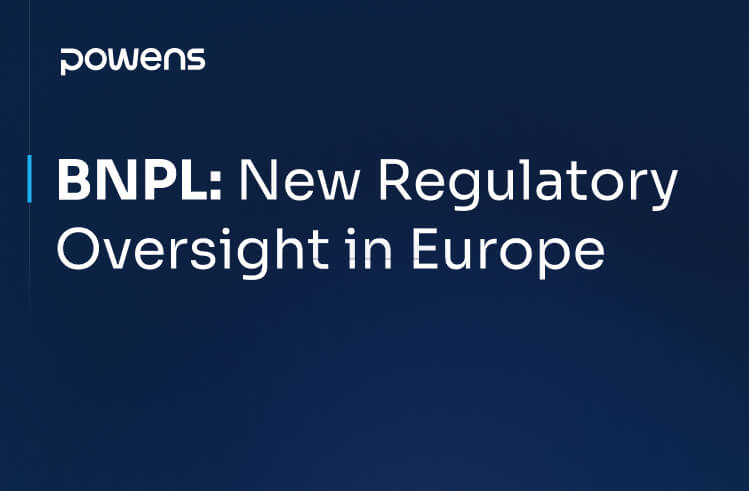
 Oct 17, 2024
Oct 17, 2024 






